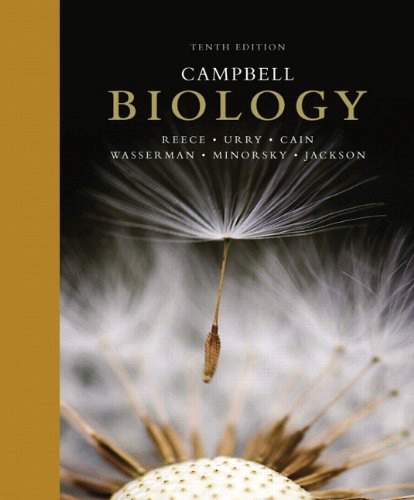Click video to play

This is a quick preview of the lesson. For full access, please Log In or Sign up.
For more information, please see full course syllabus of Biology
For more information, please see full course syllabus of Biology
Biology Cellular Energy, Part II
Lecture Description
In this lesson, our instructor Bryan Cardella gives an introduction part two of cellular energy. He explains aerobic respiration, glycolysis, Krebs Cycle, oxidative phosphorylation, anaerobic respiration, and aerobic respiration vs. photosynthesis.
Bookmark & Share
Embed
Share this knowledge with your friends!
Copy & Paste this embed code into your website’s HTML
Please ensure that your website editor is in text mode when you paste the code.(In Wordpress, the mode button is on the top right corner.)
×
Since this lesson is not free, only the preview will appear on your website.
- - Allow users to view the embedded video in full-size.
Next Lecture
Previous Lecture










































 Answer Engine
Answer Engine

1 answer
Sun Jan 7, 2018 4:23 PM
Post by Yuyun Kusuma on January 7, 2018
Hello, first of all, thanks for the all the video lessons you've made. All of them are interesting and informative. I've already watched some of them. But actually I don't know why a few months ago, I could watch all of educator's videos easily without much buffering, while recently, the "buffering" has been very often, in fact, and it occurs every a few seconds... I know my internet connection here is a bit slow, but still I can watch many videos on youtube, but not even 1 here.
1 answer
Sat Mar 18, 2017 4:21 PM
Post by Kapil Patel on March 17, 2017
where are oxidative phosphorlation located in what type cells animals cells or plant cells
5 answers
Thu Oct 20, 2016 11:34 AM
Post by Lydia Radden on October 16, 2016
Pro. Cardella you stated we get sugars from the plants we eat which our cells convert into energy. We being omnivores, however what about carnivores how do their cells process sugars into energy. Meaning which food product do they eat to get the sugars needed to convert to energy.
1 answer
Fri Jun 24, 2016 2:12 PM
Post by Scott Pearce on June 24, 2016
Sorry to Bother you, I have attended the University Of Minnesota Crookston. I understand you might not know in detail what is required in the general Biology course there if you have not been there. But Do you think I might be required to know in detail to which you have shown for Photosynthesis and aerobic respiration. for example to know the different names for the sugars in Glycolosis ( Glucose, fru 1,6-DP) and where atp is used and where NADH is used ?
2 answers
Last reply by: Scott Pearce
Wed Jun 22, 2016 8:46 AM
Post by Scott Pearce on June 11, 2016
sorry to bother you but from one kreb cycle couldn't you get 4 NADH, i think you say 3
5 answers
Thu Feb 12, 2015 5:55 PM
Post by Carroll Fields on February 10, 2015
Prof. Cardella can you please recommend an excellent book that we can use to study biology concepts( some Gen. & AP Bio), to greater conceptually understanding and in preparation for the AP Bio exam.
Also I live near the DC area in Maryland, and am a homeschooled high school student. I am looking for Biology and Chemistry labs, and was wondering if you had any suggestions.
Thank You,
Rusty
1 answer
Mon Oct 13, 2014 3:25 PM
Post by A K on October 13, 2014
Thank you! Your lectures are really helpful.
Question: How does the cell determine whether the pyruvate will go through either the anaerobic or aerobic respiration?
We discussed this in class briefly, but I had difficulty understanding.
1 answer
Fri Jun 27, 2014 1:44 AM
Post by David Gonzalez on June 26, 2014
In Glycolysis, the two electron carriers pick up the electrons/protons from the two G3P molecules? Thanks.